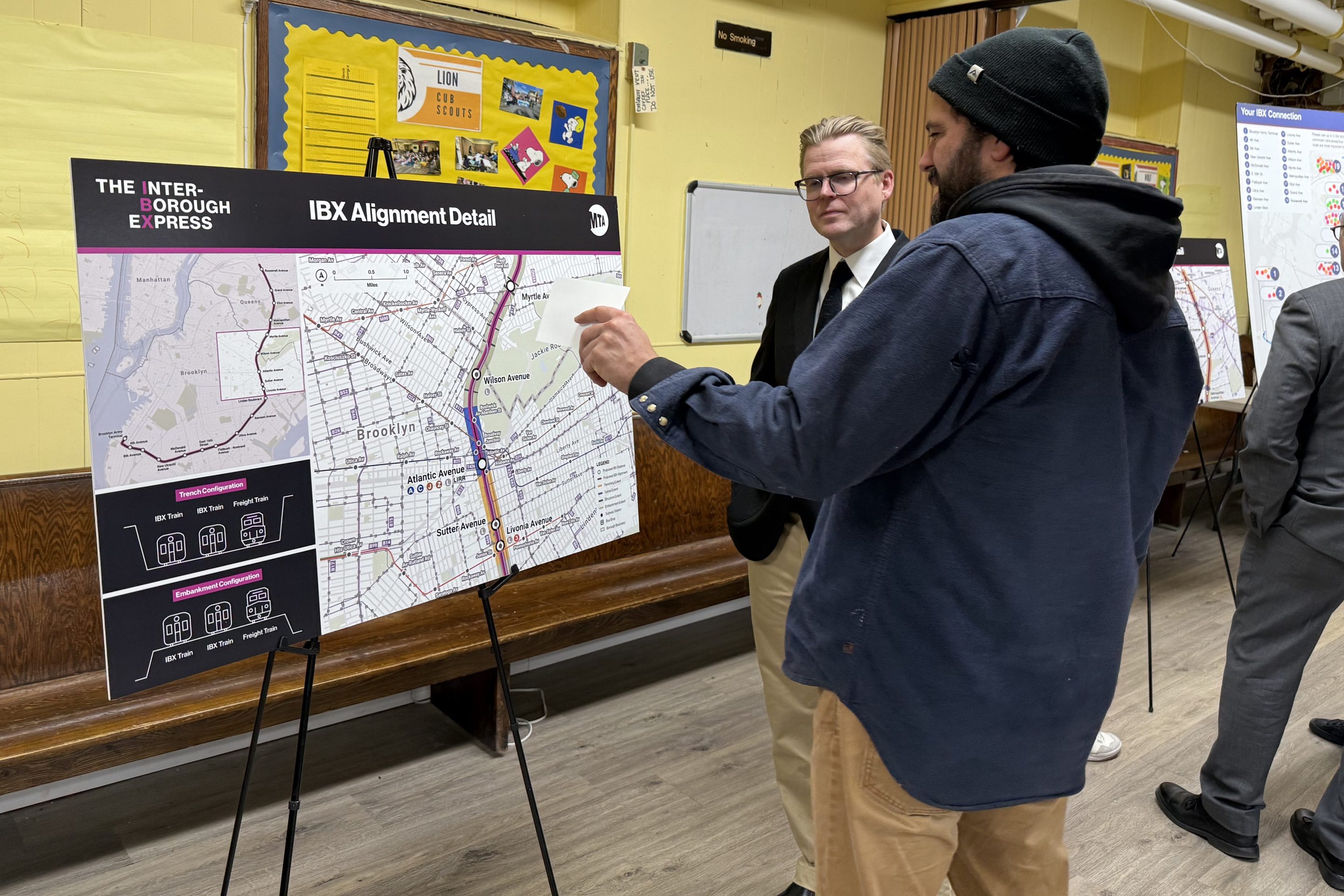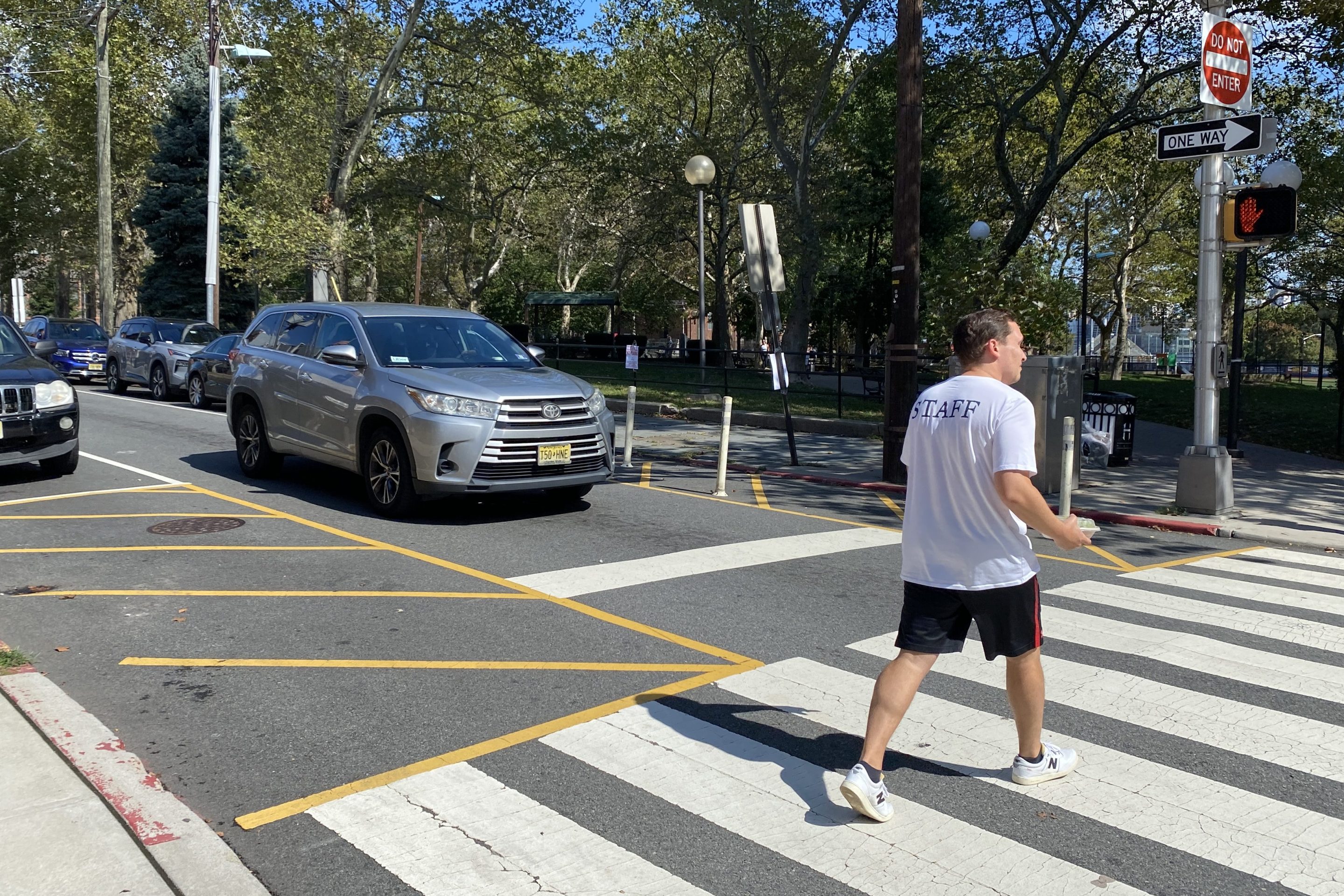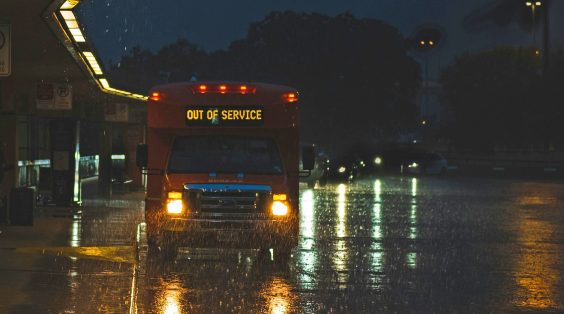When NYC Transit President Howard Roberts announced Monday -- to some ridicule -- that certain subway lines are overcrowded with little to no relief in sight, it was reported that the system would not be able to handle the influx of commuters who are expected to switch to transit should congestion pricing be implemented.
 Considering the consistency of the articles, it seems less likely that the newspapers -- which by and large support pricing -- spun Roberts' remarks and more likely that the transit chief, let's say, gave the wrong impression. After all, congestion pricing would be a boon to the MTA, providing funds to upgrade subway lines, extend bus service on overtaxed or underserved routes, and improve bus rapid transit and ferry service -- and much of this in advance of pricing, thanks to an expected $500 million federal allocation. Also, even if 10 percent of Manhattan-bound drivers make the mode shift (an estimate considered to be on the high end), it would equate to a mere 2 percent jump in transit ridership, spread across subway and bus lines throughout the boroughs.
Considering the consistency of the articles, it seems less likely that the newspapers -- which by and large support pricing -- spun Roberts' remarks and more likely that the transit chief, let's say, gave the wrong impression. After all, congestion pricing would be a boon to the MTA, providing funds to upgrade subway lines, extend bus service on overtaxed or underserved routes, and improve bus rapid transit and ferry service -- and much of this in advance of pricing, thanks to an expected $500 million federal allocation. Also, even if 10 percent of Manhattan-bound drivers make the mode shift (an estimate considered to be on the high end), it would equate to a mere 2 percent jump in transit ridership, spread across subway and bus lines throughout the boroughs.
When his warnings were interpreted as a knock at pricing, Roberts summoned reporters back to his office.
Metro reports:
Amid all the bad news, the president of NYC Transit feared anunderlying message had been lost about the benefits of Mayor MichaelBloomberg’s proposed congestion pricing plan.
During rush hours, the busiest train lines -- including the 2,3, 4, 5, 6 and E -- are running at or over capacity. Yet Robertsinsisted the system could still “fully support” the increased ridershipprojected from congestion pricing. “In fact the current strain on partsof the system is a big argument in favor of congestion pricing, notagainst it,” he said.
Roberts believes the business-day toll could pay for subwayimprovements and for such big-ticket projects as the first leg of theSecond Avenue Subway, which is already $1 billion short.
On Monday, Roberts proposed quick “fixes,” including addingmore cars to trains and extending station platforms. But these remedieswould take “four or five” years. More importantly, they all requiremoney the MTA doesn’t have.
“Congestion pricing is critical to putting these fixes into place,” Roberts said yesterday.
Photo: Scott Beale/Laughing Squid





